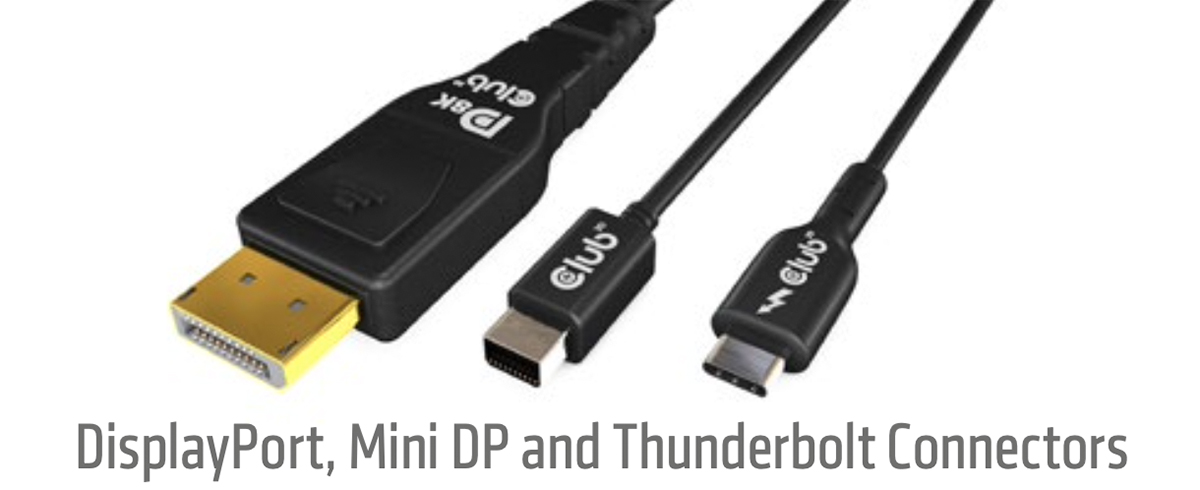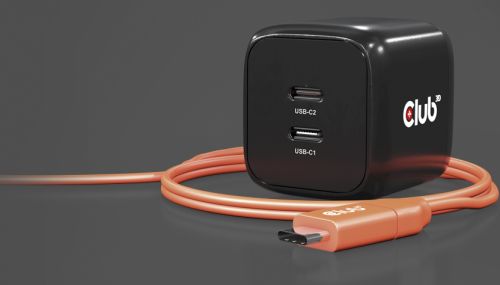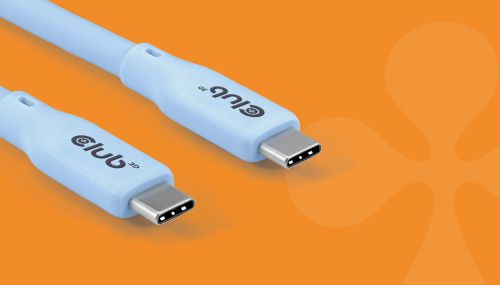What is DisplayPort?

DisplayPort Versions

Version 2.0
DisplayPort 2.0, which was introduced in June 2019, provides up to a 3X increase in data bandwidth performance compared to the previous version of DisplayPort, as well as new capabilities to address future performance requirements of displays. These include beyond-8K resolutions, higher refresh rates and high dynamic range (HDR) support at higher resolutions, improved support for multiple display configurations, as well as improved user experience with augmented/virtual (AR/VR) displays, including support for 4K-and-beyond VR resolutions. Featuring the highly efficient 128b/132b channel coding shared with USB4, DisplayPort 2.0 delivers a maximum payload of 77.37 Gbps across four lanes (up to 19.34 Gbps per lane)—supporting ultra-high display performance configurations such as an 8K (7680×4320) display with 60Hz refresh rate with full-color 30 bpp 4:4:4 HDR resolution uncompressed, and 16K (15360×8640) 60Hz display with 30 bpp 4:4:4 HDR resolution with compression. With the release of DisplayPort Alt Mode 2.0, all of these high-performance video capabilities are now available to the USB ecosystem.
DisplayPort, Mini DP and Thunderbolt Connectors

Talking about versions, specifications and standards.

DisplayPort 2.0 Under the Hood: Thunderbolt 3, UHBR, etc.
So what has changed to enable DisplayPort 2.0?

Under the hood

But what of cables?


DisplayPort 2.0 Features: Mandatory DSC, Branch Devices, & Panel Replay
Panel Replay

Latest DisplayPort specification provides greater alignment with USB Type-C and USB4; adds new features for more efficient DisplayPort tunneling over USB4.
Evolution of DisplayPortTM Data Bandwidth

BEAVERTON, Ore. – October 17, 2022 – The Video Electronics Standards Association (VESA®) announced today that it has released DisplayPort 2.1, the latest version of the DisplayPort specification, which is backward compatible with and supersedes the previous version of DisplayPort (DisplayPort 2.0). VESA has been working closely with member companies to ensure that products supporting DisplayPort 2.0 would actually meet the newer, more demanding DisplayPort 2.1 spec. Due to this effort, all previously certified DisplayPort 2.0 products including UHBR (Ultra-high Bit Rate) capable products – whether GPUs, docking station chips, monitor scalar chips, PHY repeater chips such as re-timers, or DP40/DP54/DP80 cables (including both passive and active, and using full-size DisplayPort, Mini DisplayPort or USB Type-C connectors) – have already been certified to the stricter DisplayPort 2.1 spec.
For more information on VESA, please visit http://www.vesa.org/
DisplayPort 2.1
Due to the higher speed(read frequencies), the physical layout of the DisplayPort connectors(both MiniDP and DP) had to be adjusted in order to prevent crosstalk and jitter. All of these changes have been made to accomodate the current pin layout and physical dimension of both these connectors and are normally referred o as "Enhanced Connectors".
Achieving a robust, end-to-end user visual experience remains the utmost priority for VESA’s DisplayPort specification, whether across a native DisplayPort cable, via DisplayPort Alt Mode (DisplayPort over the USB Type-C connector), or tunneled through the USB4 link. As such, DisplayPort 2.1 has tightened its alignment with the USB Type-C specification as well as the USB4 PHY specification to facilitate a common PHY servicing both DisplayPort and USB4. In addition, DisplayPort 2.1 has added a new DisplayPort bandwidth management feature to enable DisplayPort tunneling to coexist with other I/O data traffic more efficiently over the USB4 link. This increased efficiency is on top of mandated support for VESA’s visually lossless Display Stream Compression (DSC) codec and VESA’s Panel Replay capability. DSC bitstream support can reduce DisplayPort transport bandwidth in excess of 67 percent without visual artifacts, while VESA’s Panel Replay capability can reduce DisplayPort tunneling packet transport bandwidth in excess of 99 percent when Panel Replay operation is taking place.

Please refer to a full overview of our Legacy Terms and Conditions on www.club-3d.com.

 Deutsch
Deutsch Español
Español Türk
Türk











